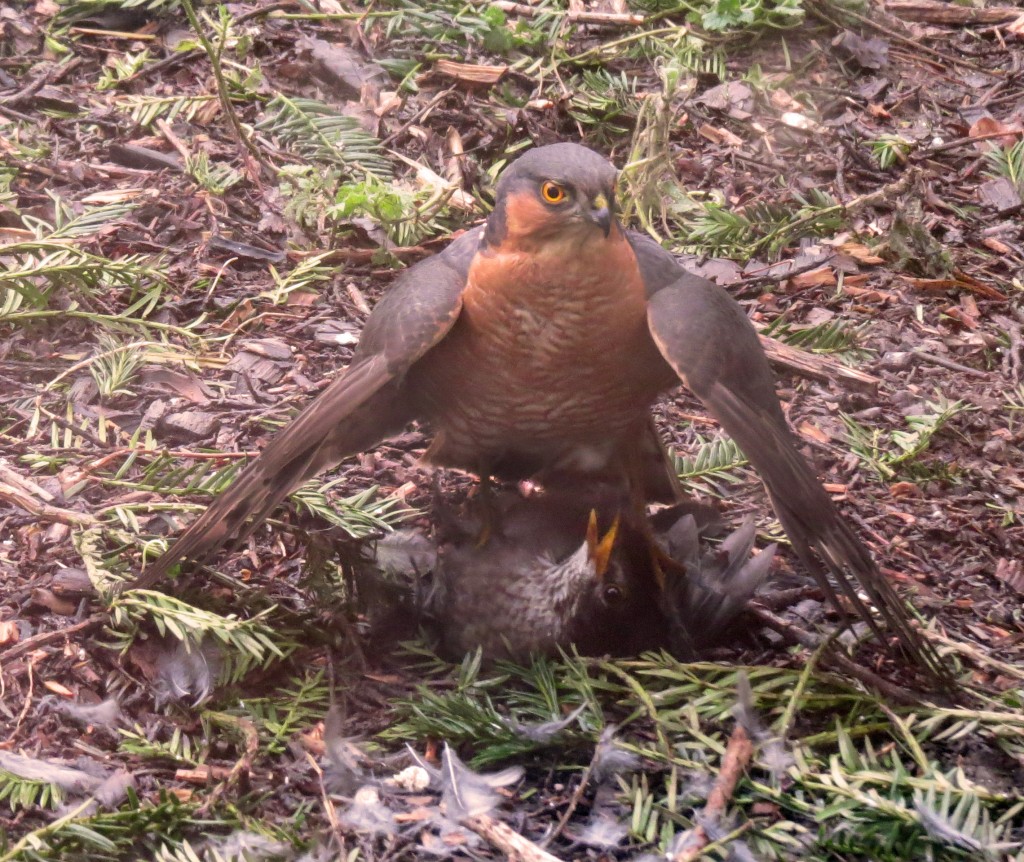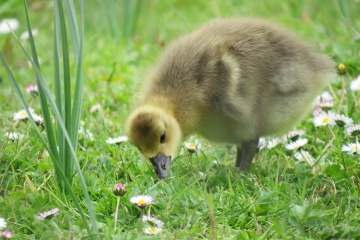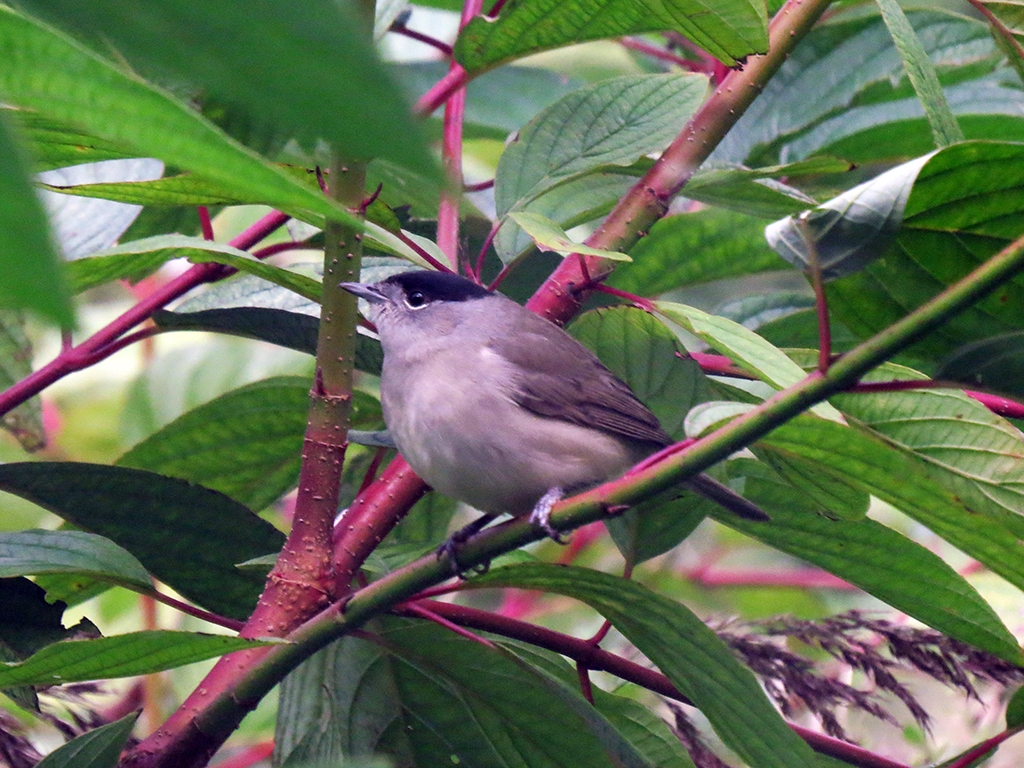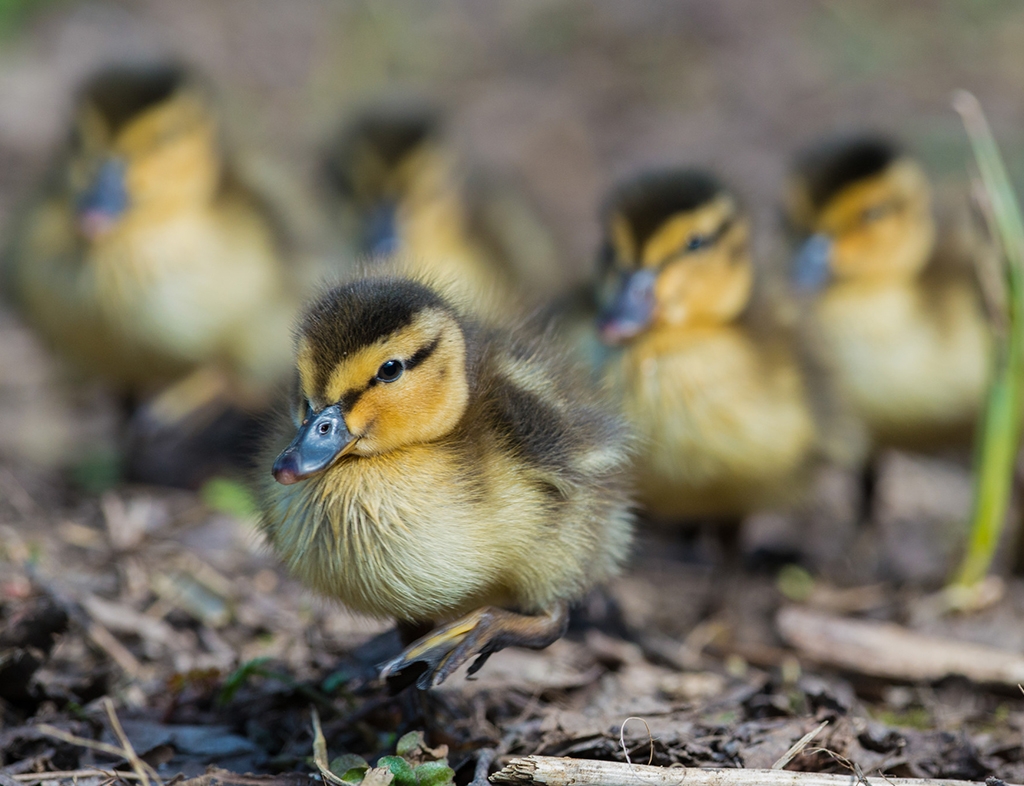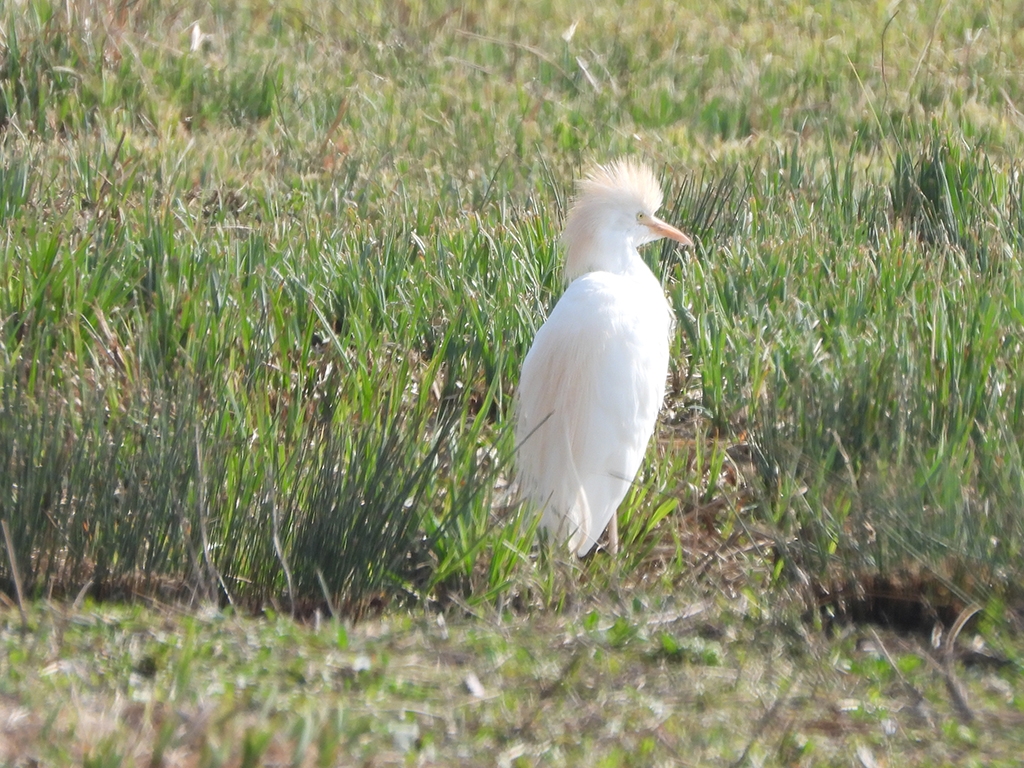The barn owl & a sparrowhawk make surprise appearances
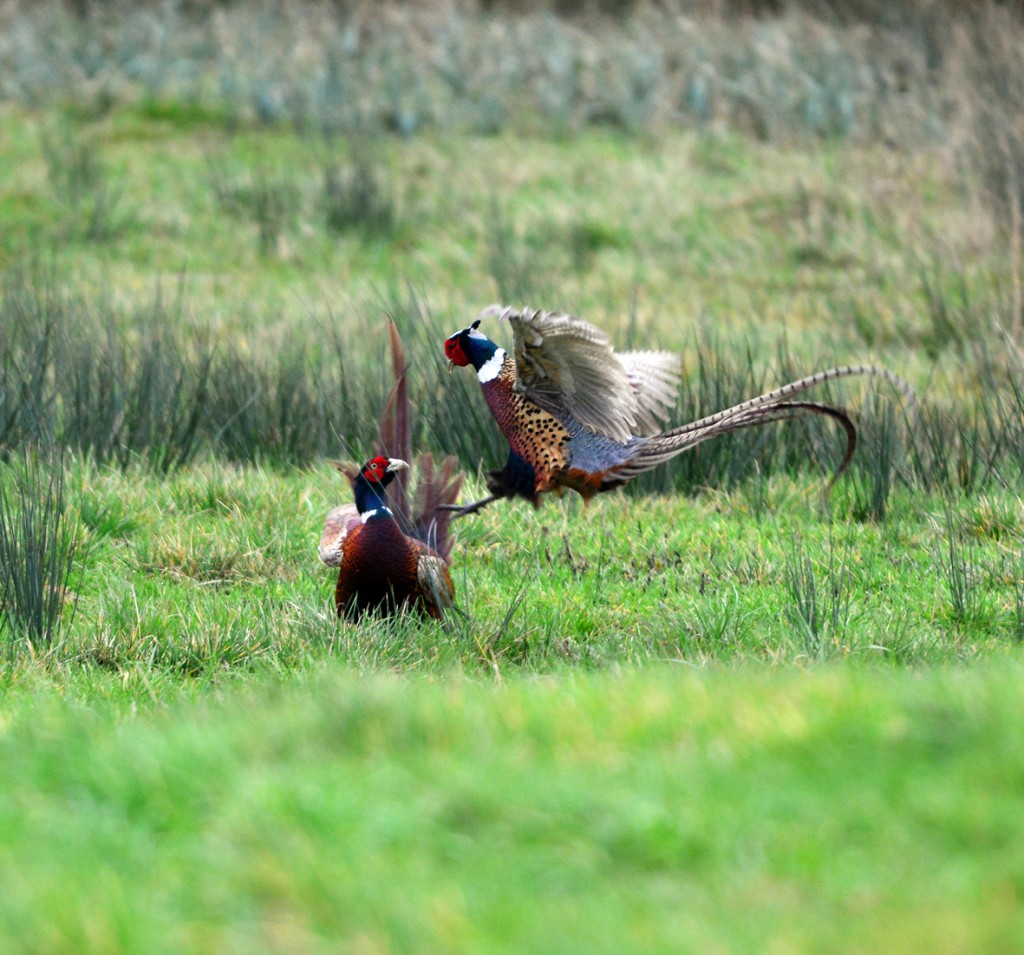
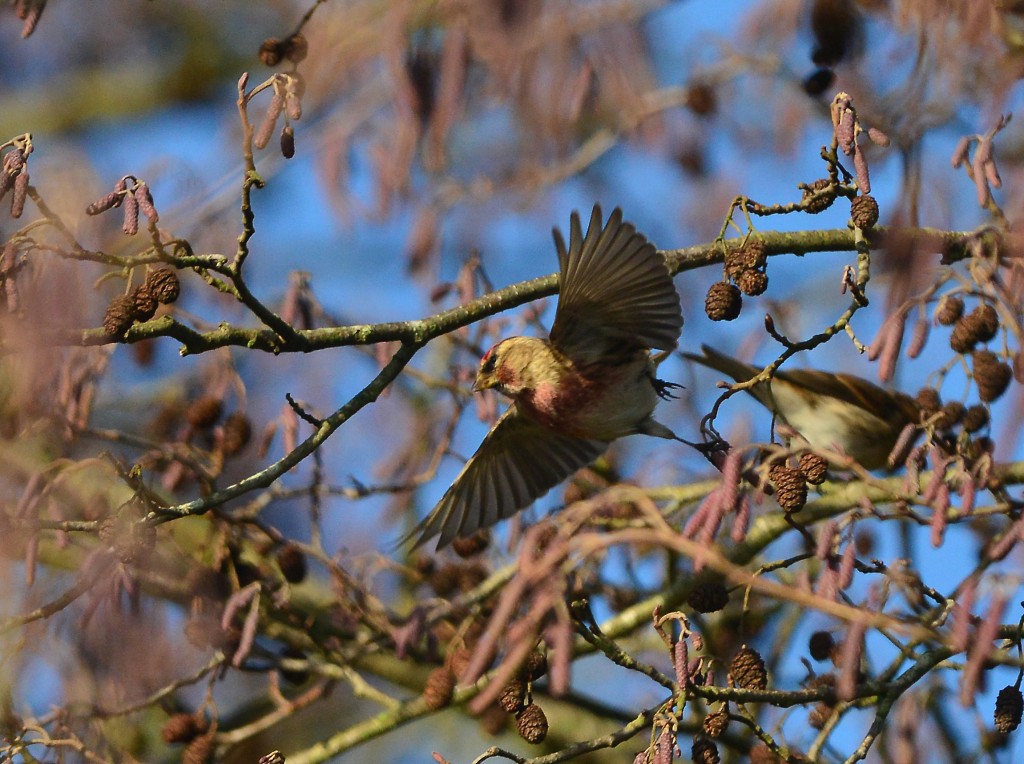
This is Grounds Manager Paul Stevens’ weekly Wildlife Sighting column as seen in the Chichester Observer and Worthing Herald for the week commencing Feb 1, 2016.
I WAS OUT for an early walk around the reserve on Monday morning logging sightings for the Wild Bird Census. I ducked into the Lapwing hide and was stunned to find the barn owl roosting in the rafters! He immediately shot out the open windows of the hide but left behind a pellet on the floor. When I dissect the pellet the bones and fur inside will tell me what he has been dining on around the reserve.
After the owl left, I heard the noise of a showdown on the wet grassland. Two male pheasants were attacking each other, both in gorgeous breeding plumage. The birds fight over territory and for control of the harem of females. I see a couple of lapwing keeping to themselves. Above I spotted a couple of buzzards on Offham Hangars and two ravens flew over the reserve. Last Tuesday we were treated to a fantastic close up of a sparrowhawk. A male sparrowhawk snatched a blackbird off the feeding station and was subduing it on the ground directly outside our office window!
At the Ramsar hide I see seven more lapwings on the wet grassland. On the water I count eight pochard ducks, six male and two female. We have been recording the sex ratio of pochard ducks in our daily count as part of a new survey for the international Duck Specialists Group. Pochards were recently moved to the Bird of Conservation Concern Red List as the species is now considered vulnerable. Arundel Wetland Centre is one of the few places in Sussex with a breeding population of pochards.
At Arun Riverlife I count two more male pochards. With my binoculars I find four snipe at the back of the exhibit. The snipe had been using the pond in the wet meadow here. Recent rains have brought the water level up so the area is now a small lake with the waders more visible at the edges.
At the Scrape hide I count a noisy group of 23 teal, the males displaying, bobbing up and down. Good numbers of gadwall are in the mix with mallards, tufties and shelduck. The phragmites shoots in the reedbed are showing signs of water vole teeth – great news.
